This classic vanilla cake recipe is the ultimate dessert for all occasions. With its soft, tender crumb and rich vanilla flavor, it’s guaranteed to become your go-to cake recipe. Perfect for beginners and seasoned bakers alike, this cake delivers incredible results every time. Whether you’re making a birthday cake or just treating yourself, this versatile cake pairs wonderfully with any frosting.
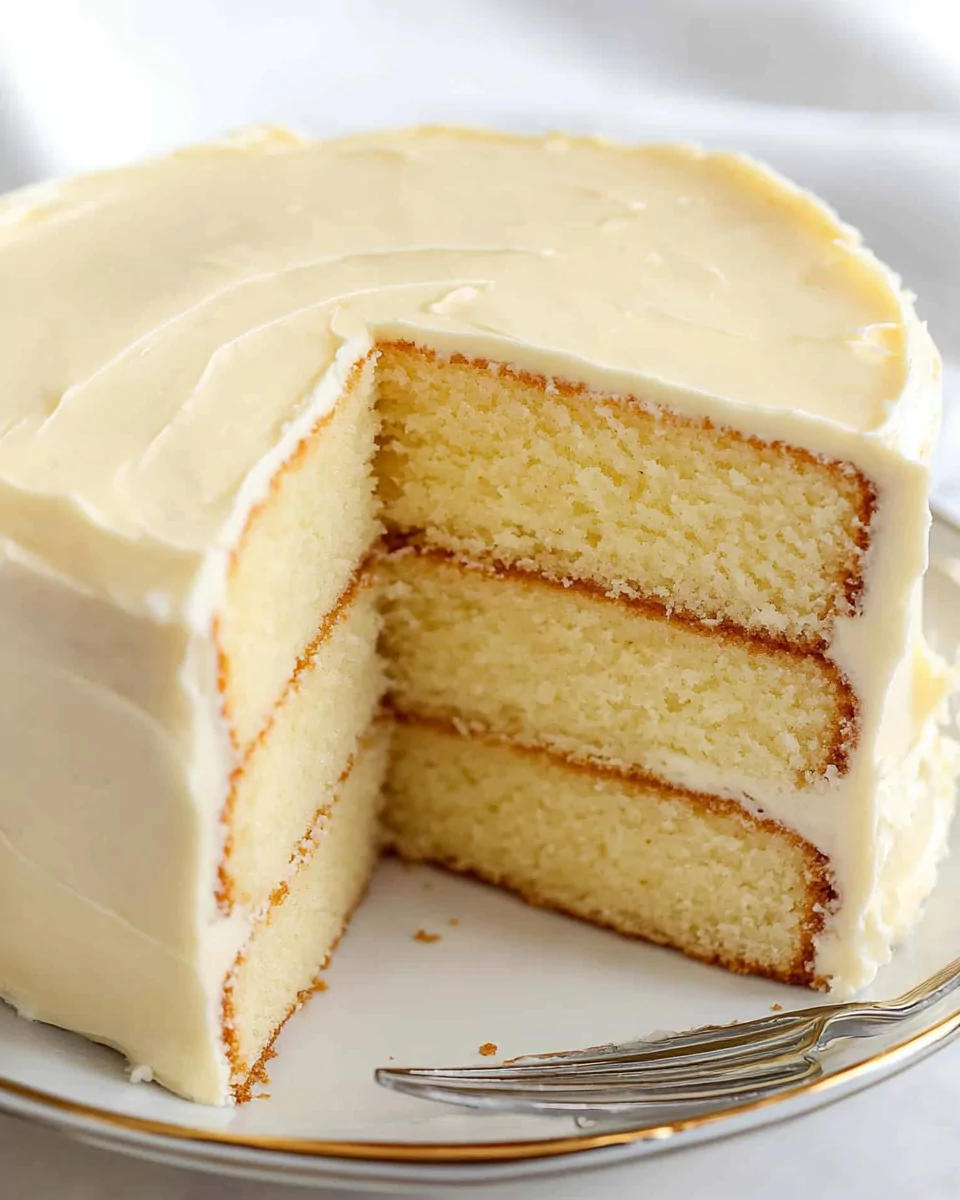
Why You’ll Love It:
- Foolproof recipe with simple, step-by-step instructions.
- Rich vanilla flavor that everyone loves.
- Customizable: Ideal for layer cakes, cupcakes, or single-pan baking.
Preparation Phase
Essential Tools and Equipment
To make the perfect homemade vanilla cake, these tools will help:
- Two 9-inch round cake pans: For evenly baked layers.
- Stand mixer with paddle attachment: Ensures a smooth, lump-free batter.
- Parchment paper: Prevents sticking and makes cleanup easier.
- Spatula: For scraping down the bowl to incorporate all ingredients.
- Wire rack: Cools cakes evenly to prevent soggy bottoms.
Preparation Tips
- Bring all ingredients (butter, eggs, buttermilk) to room temperature. This helps them combine smoothly for a soft, tender crumb.
- Avoid overmixing the batter. Overmixing can result in a dense, chewy texture instead of a light and fluffy cake.
- Preheat your oven to 350°F (175°C) before starting. Proper oven temperature is essential for even baking.
Ingredients
For a soft, moist cake, you’ll need the following:
Dry Ingredients:
- 3 ¾ cups (390 grams) cake flour (or 3 cups (360 grams) all-purpose flour)
- 2 cups (400 grams) granulated sugar
- 1 tablespoon baking powder
- ½ teaspoon fine sea salt
Wet Ingredients:
- 1 cup (2 sticks) unsalted butter, at room temperature
- 1 ½ cups (340 grams) buttermilk, at room temperature
- 1 tablespoon pure vanilla extract
- 3 large eggs, at room temperature
- 2 large egg whites, at room temperature
Step-by-Step Directions
- Prepare Your Oven and Pans
- Preheat your oven to 350°F (175°C).
- Line the bottoms of two 9-inch round cake pans with parchment paper. Spray only the parchment with nonstick cooking spray. Do not spray the sides of the pans to ensure even rising.
- Mix the Dry Ingredients
- In a stand mixer fitted with a paddle attachment, combine the flour, sugar, baking powder, and salt. Stir briefly to combine.
- Incorporate the Butter and Wet Ingredients
- Add the butter to the dry ingredients and beat on medium speed for 1 minute. The mixture will resemble coarse crumbs.
- Reduce the mixer speed to low. Gradually pour in the buttermilk and vanilla extract. Mix for 1 minute until combined.
- Increase the speed to medium and beat for an additional 30 seconds. Use a spatula to scrape down the sides of the bowl.
- Add the Eggs and Egg Whites
- Reduce the mixer speed to low again. Add the eggs one at a time, mixing after each addition.
- Add the egg whites and beat on medium-high speed for 30 seconds until the batter is smooth and slightly fluffy.
- Divide and Bake
- Evenly divide the batter between the two prepared pans. Smooth the tops with a spatula.
- Bake for 25 to 30 minutes, or until the edges are lightly golden and a toothpick inserted into the center comes out clean.
- Cool the Cakes
- Remove the cakes from the oven and let them cool in their pans for 5 minutes.
- Transfer the cakes to a wire rack to cool completely before frosting or decorating.
Variations and Baking Notes
- For a single-layer cake: Bake in a 9×13-inch pan for 45–50 minutes.
- To make cupcakes: Fill 24 cupcake liners two-thirds full and bake for 30–35 minutes.
- For 3-layer cakes: Divide batter between three 8-inch pans and bake for 25–30 minutes.
Pro Tips for Success
- Use high-quality vanilla extract or vanilla bean paste for the richest flavor.
- For a professional look, chill the cooled layers before frosting to minimize crumbs.
- Wrap and freeze cake layers for up to one month to make decorating more convenient.
Serving Suggestions
This homemade vanilla cake is incredibly versatile and pairs beautifully with various toppings and sides. Here are a few serving ideas to elevate your dessert:
- Classic Buttercream Frosting: Spread or pipe vanilla buttercream for a timeless look and taste.
- Chocolate Ganache: Drizzle with rich chocolate ganache for an indulgent twist.
- Fresh Berries and Whipped Cream: Add a touch of freshness with strawberries, raspberries, or blueberries.
- Caramel Sauce: Drizzle warm caramel sauce over the cake for a decadent treat.
- Powdered Sugar Dusting: Keep it simple yet elegant with a light dusting of powdered sugar.
- Ice Cream: Serve slices with a scoop of vanilla or chocolate ice cream for a classic pairing.
- Berry Compote: Add a fruity flair with homemade berry compote.
- Espresso or Coffee: Pair with a cup of coffee or espresso to balance the sweetness.
Common Mistakes to Avoid
Even with a simple recipe, a few small missteps can affect your cake’s outcome. Here’s how to avoid them:
- Overmixing the Batter: Mixing too much after adding the eggs can develop gluten, resulting in a dense and chewy texture. Mix just until combined.
- Using Cold Ingredients: Ensure that butter, eggs, and buttermilk are at room temperature to achieve a smooth batter and even baking.
- Skipping Parchment Paper: Without parchment paper, the cakes may stick to the pans, making removal difficult.
- Opening the Oven Door Too Soon: Resist the urge to check on your cake early! This can cause the cake to collapse.
- Not Leveling the Batter: Uneven batter can lead to lopsided layers. Use a spatula to spread the batter evenly before baking.
Side Dish Recommendations
Pairing your vanilla cake with complementary dishes can enhance the overall dessert experience. Here are eight delightful side dish ideas:
- Fresh Fruit Salad: A mix of seasonal fruits adds brightness and balances the cake’s sweetness.
- Vanilla Ice Cream: A classic sidekick that doubles the vanilla goodness.
- Lemon Curd: A tart and creamy contrast to the sweet cake.
- Chocolate Mousse: A rich, silky pairing for a more indulgent dessert spread.
- Salted Caramel Popcorn: Adds a fun and crunchy texture to your dessert table.
- Espresso or Cappuccino: Complements the sweet cake with a bold, bitter contrast.
- Whipped Cream and Strawberries: A simple yet elegant addition for a light and refreshing touch.
- Prosecco or Sparkling Rosé: Perfect for celebrations, the bubbly pairs wonderfully with the cake’s sweetness.
Pro Tips for Serving Perfection
- Slice the cake with a warm knife for clean, smooth cuts. Wipe the blade between slices for a professional presentation.
- Allow frosted cakes to sit for 15–30 minutes before serving to bring out the best flavor.
Expert Tips for the Perfect Vanilla Cake
To ensure your homemade vanilla cake is a showstopper every time, keep these expert tips in mind:
- Vanilla Quality Matters: Use high-quality vanilla extract or vanilla bean paste for a robust, authentic flavor. Avoid imitation vanilla.
- Chill Before Frosting: Wrap cooled cake layers in plastic wrap and refrigerate for at least 30 minutes. This firms up the layers, making them easier to frost and preventing crumbs.
- Room Temperature Ingredients: Cold ingredients don’t blend as smoothly, resulting in uneven texture. Make sure butter, eggs, and buttermilk are at room temperature before starting.
- Measure Precisely: Baking is a science! Use a digital scale for precise measurements, especially for flour and sugar.
Storage and Reheating Instructions
How to Store Your Vanilla Cake
- At Room Temperature: Keep the cake covered in an airtight container for up to 2 days. Avoid refrigerating unless necessary, as it can dry out the cake.
- In the Refrigerator: Store the cake in an airtight container for up to 1 week. If frosted, let it sit at room temperature for 30 minutes before serving.
- Freezing Tips:
- Wrap unfrosted cake layers tightly in plastic wrap, then in aluminum foil. Freeze for up to 3 months.
- To thaw, transfer the cake to the refrigerator overnight and bring it to room temperature before serving or frosting.
Reheating Instructions
- For a fresh-from-the-oven taste, microwave individual slices for 10–15 seconds. Avoid overheating, as it can dry out the cake.
FAQs
Q: Can I make this cake without buttermilk?
A: Absolutely! Replace buttermilk with a substitute by mixing 1 ½ cups of milk with 1 tablespoon of vinegar or lemon juice. Let it sit for 5–10 minutes before using.
Q: How do I avoid dense or dry cake?
A: Use room temperature ingredients, measure flour accurately (spoon and level, don’t scoop), and avoid overmixing the batter.
Q: Can this recipe be made gluten-free?
A: Yes! Substitute the flour with gluten-free all-purpose flour that includes xanthan gum for structure.
Q: Can I use this recipe for cupcakes?
A: Definitely! This recipe makes about 24 cupcakes. Bake them for 30–35 minutes, checking for doneness with a toothpick.
Q: Why did my cake sink in the middle?
A: This can happen if the oven temperature is too low, the cake was underbaked, or the batter was overmixed. Double-check your oven temperature and avoid opening the oven door during baking.
Q: How do I fix a cake with dark edges?
A: If your oven runs hot, lower the temperature by 15–25°F and use light-colored metal pans. You can also wrap the cake layers in plastic wrap and wait 24 hours before frosting to soften the edges.
Conclusion
This homemade vanilla cake recipe is a timeless classic that’s sure to impress. With its soft crumb, rich flavor, and foolproof instructions, it’s the perfect dessert for birthdays, holidays, or any celebration. From preparing the batter to adding the finishing touches, this guide covers every detail to help you succeed in the kitchen.
Enjoy your cake plain, or pair it with buttercream, ganache, or fresh fruit for a versatile dessert that’s endlessly customizable. Follow the expert tips, store it correctly, and avoid common mistakes to ensure your cake turns out perfectly every single time.
Start baking today and let this homemade vanilla cake become your go-to recipe for every occasion!
Homemade Vanilla Cake
Ingredients
- 3 ¾ cups 390 grams cake flour (or 3 cups (360 grams) all-purpose flour)
- 2 cups 400 grams granulated sugar
- 1 tablespoon baking powder
- ½ teaspoon fine sea salt
- 1 cup 2 sticks unsalted butter, at room temperature
- 1 ½ cups 340 grams buttermilk, at room temperature
- 1 tablespoon pure vanilla extract
- 3 large eggs at room temperature
- 2 large egg whites at room temperature
Instructions
- Preheat the oven to 350°F. Line the bottoms of two 9-inch cake pans with parchment paper and spray only the parchment with nonstick cooking spray. Do not spray the sides of the pans.
- In a stand mixer fitted with a paddle attachment, combine the flour, sugar, baking powder, and salt. Stir to combine.
- Add the butter and beat on medium speed for 1 minute until the mixture is coarse in texture.
- Reduce the mixer speed to low and add the buttermilk and vanilla. Mix for 1 minute until combined, then increase the speed to medium and beat for 30 seconds. Scrape down the sides of the bowl.
- Reduce the mixer speed to low again and add the eggs, one at a time, mixing each until incorporated. Add the egg whites and beat on medium-high speed for 30 seconds until the batter is smooth.
- Divide the batter evenly between the prepared pans and smooth out the tops.
- Bake for 25 to 30 minutes, or until the edges are golden brown and a toothpick inserted into the center comes out clean.
- Remove the cakes from the oven and let them cool in the pans for 5 minutes before transferring them to a wire rack to cool completely.
Notes
Vanilla: Use high-quality vanilla extract or vanilla bean paste for the best flavor.
Dark Edges: If your oven runs hot and the cakes develop dark edges, wrap the cooled layers in plastic wrap and wait 24 hours before frosting.
Variations:
1 9×13-inch baking dish (bake for 45 to 50 minutes).
24 cupcakes (bake for 30 to 35 minutes).
3 8-inch round cake pans (bake for 25 to 30 minutes).
Frosting: Freezing the cake layers can make frosting easier and minimize crumbs. Favorite frostings include classic buttercream or chocolate buttercream.
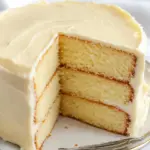
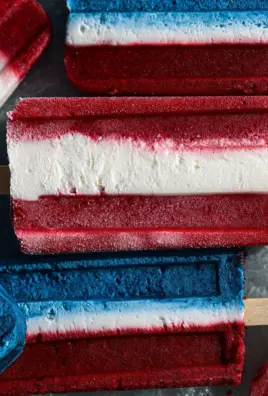
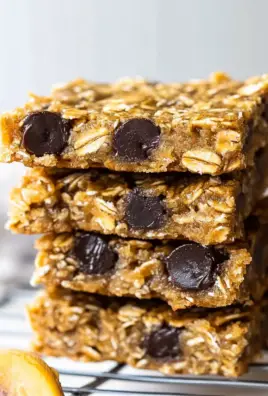
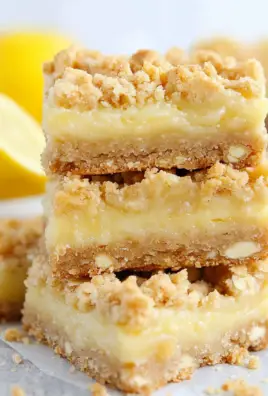
Leave a Comment